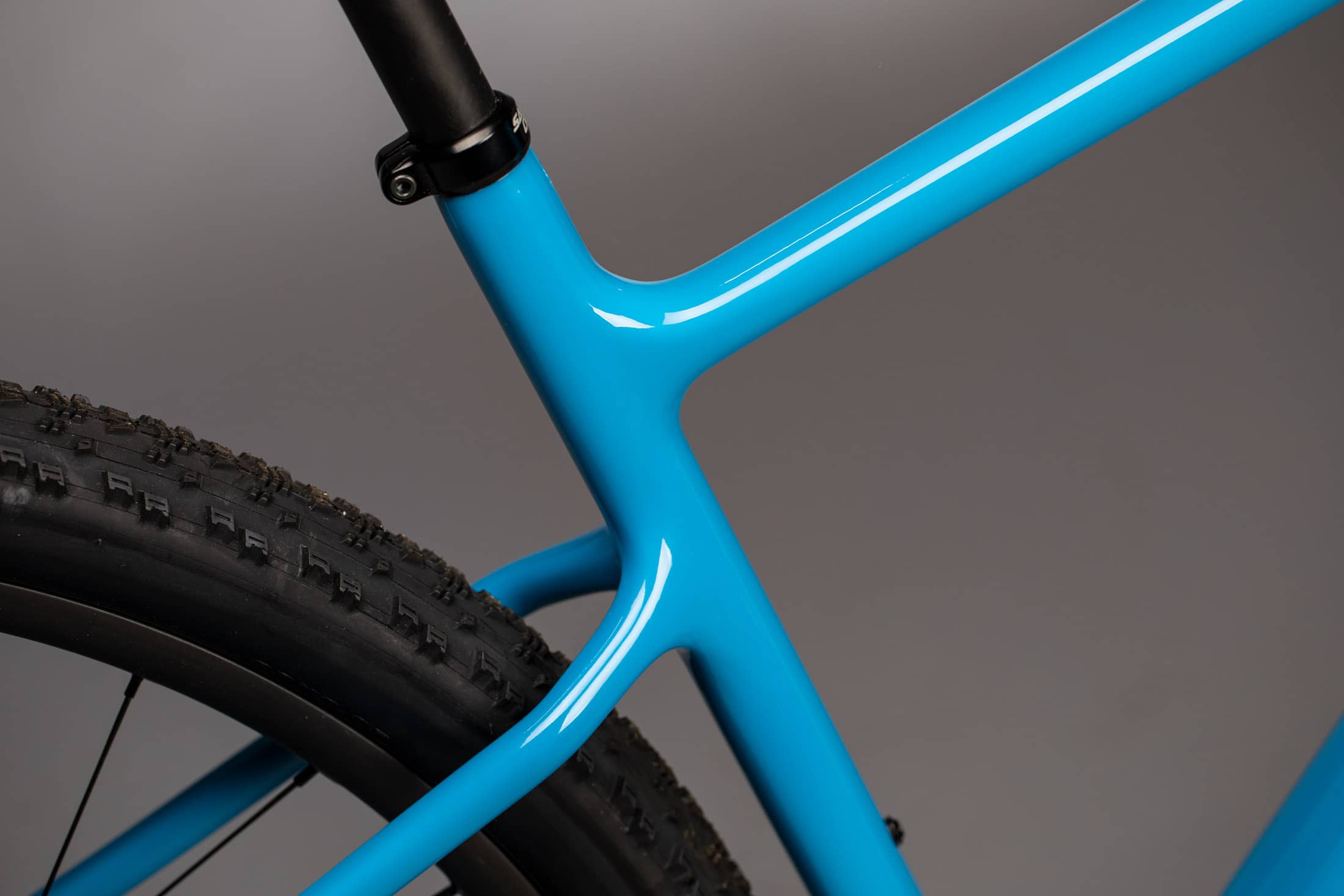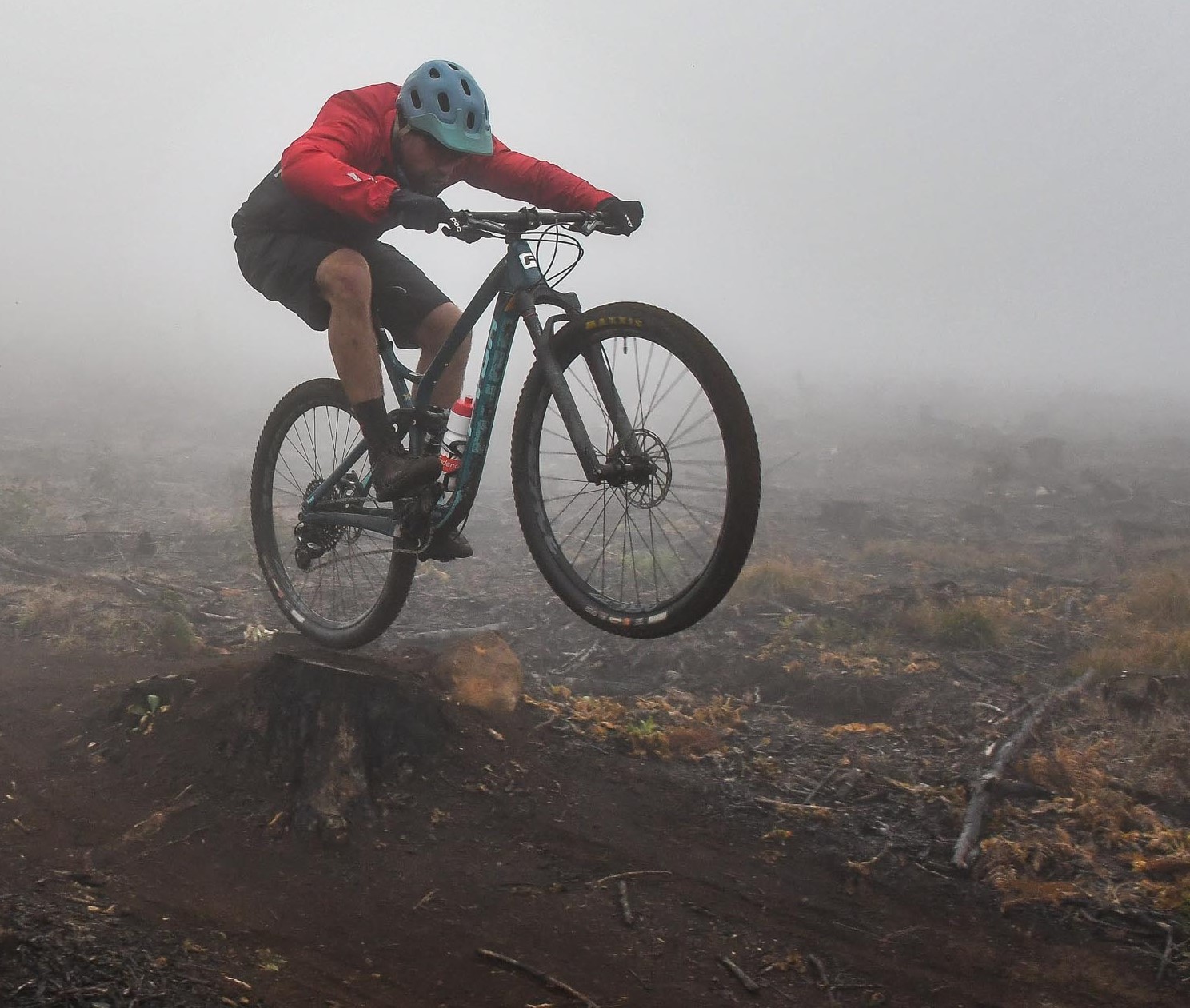Carbon components deserve torque-wrench precision
Carbon is strong yet temperamental, which is why you need a torque wrench

Carbon anything, is expensive. No matter which metal component you replace with carbon, it always equates to an increase in spend.
We desire carbon components because its light and strong, fulfilling two crucial functions in any mountain biker’s imagination. But carbon also has a weakness: it doesn’t like to be squeezed.
Despite having an incredible tensile strength advantage over metal, carbon fibre is more prone to cracking when over clamped or squeezed – and on mountain bikes, a lot of carbon bits are incorrectly clamped.
If you own any carbon components or are planning to acquire some in your mountain bike journey (trust us: it is inevitable), there is no excuse to not own a torque wrench.
It is foolish and deeply illogical that any DIY bike mechanic would even consider working with carbon components, without the benefit of applying precise force. Even the best torque wrench isn’t overly expensive, but it will enable you to extend the longevity of your carbon-fibre components.
Carbon bike bits don't like, or need, to be overtightened. In fact, most components are overtightened by home mechanics and risk mechanical binding.
Save the 'bars
The most incorrectly secured component is generally a handlebar.
As more riders are transitioning from aluminium to carbon handlebars, to benefit from improved composite vibration damping (instead of pure gram savings) the potential fragility of composite handlebars is an issue.
You cannot guess the correct bolt fastening force on any stem faceplate. Overtightening and then going a quarter turn anti-clockwise is a desperately inaccurate way of managing bolt tension.
Component manufacturers give bolt torque specifications for a reason and the only way you can stay true to those numbers, is by having a torque wrench, setting it correctly, and then using it.
Torque wrenches aren’t limited in their usefulness to ensuring that carbon handlebars enjoy an unpunished life. Anywhere there is a bolt, they come into their own.
And the bolts
Brakes can be some of the most frustrating components to work with. Tolerances are marginal and the forces generated when you apply maximum braking power, whilst slowing down on a technical downhill section of trail, are immense.
If your brake rotors are bolted into onto the hubs within appropriate torque specification, you notably reduce the risk of having to suffer through deeply annoying brake rub after a weekend’s hard riding.
The same logic applies to seatposts, even droppers. Consider the mechanical binding risk of what you are doing: clamping materials on opposite ends of the galvanic scale, to each other. That is a metallurgy recipe for binding, which can potentially cause a terribly expensive seatpost extraction, especially if you have an aluminium post stuck in a carbon frame – or the other way around.
Avoiding a stuck seatpost is easily achieved, yet again, by simply using a torque wrench and fastening the clamp to its technical specification.
With dropper seatposts the issue of overtightening is even more bothersome, as you will impede the ability of your ‘dropper to function properly - effectively strangling the post.
Bolts are rather simple threaded mechanical fasteners. They are all over our mountain bikes and serve a crucial purpose, yet we abuse with our ignorance, by applying incorrect forces - when the solution is elegantly simple: just buy a torque wrench and use it.
There is no DIY mechanic with perfectly pre-loaded tool intuition flowing through their fingers. If you don’t want to damage your exotic carbon-fibre mountain bike components, or sit through the laborious process of extracting bolts with ruined thread profiles, all you need, is a torque wrench.

Lance Branquinho is a Namibian-born journalist who graduated to mountain biking after injuries curtailed his trail running. He has a weakness for British steel hardtails, especially those which only run a single gear. As well as Bike Perfect, Lance has written for MBR.com, Off-Road.cc and Cycling News.
